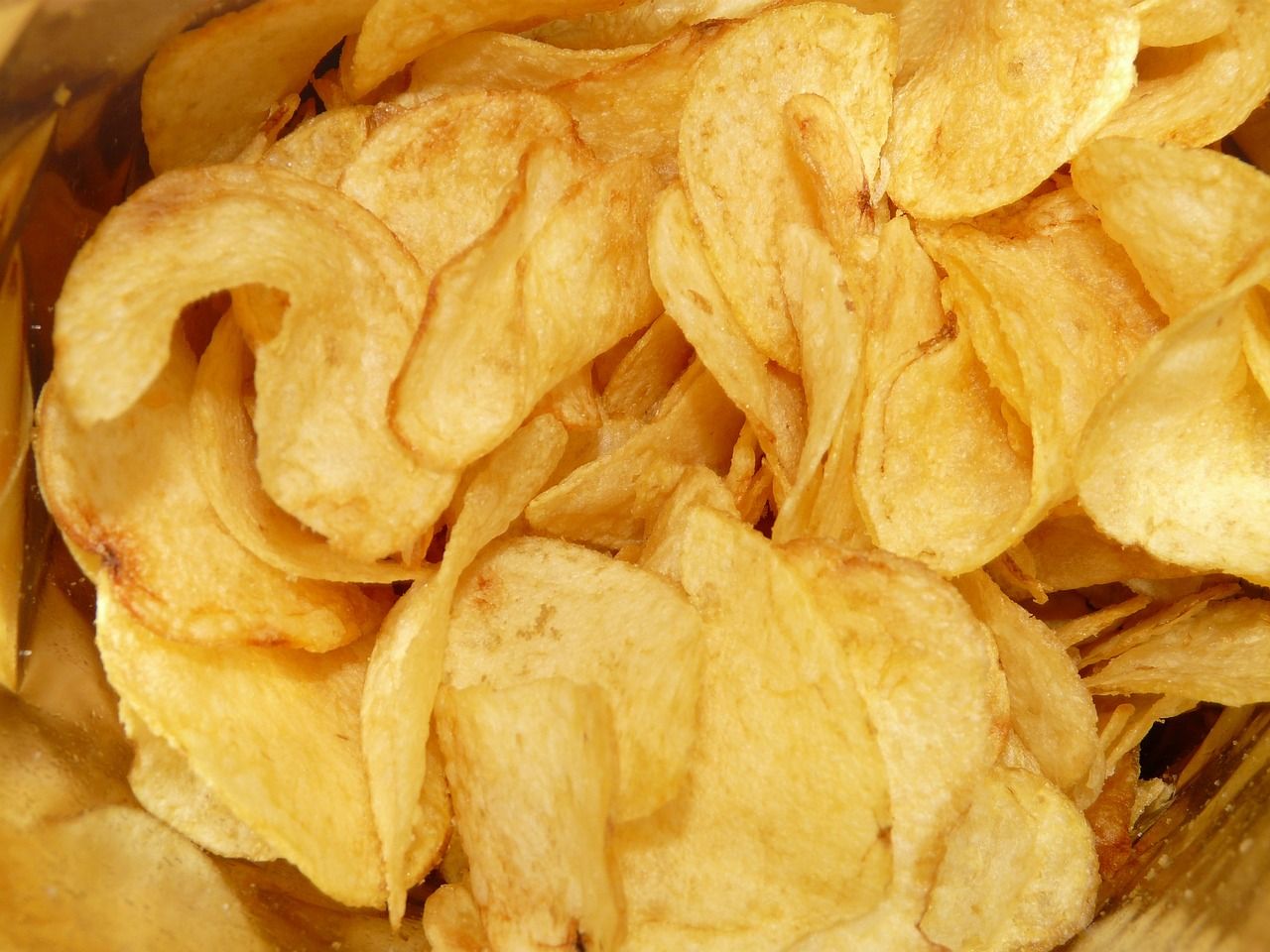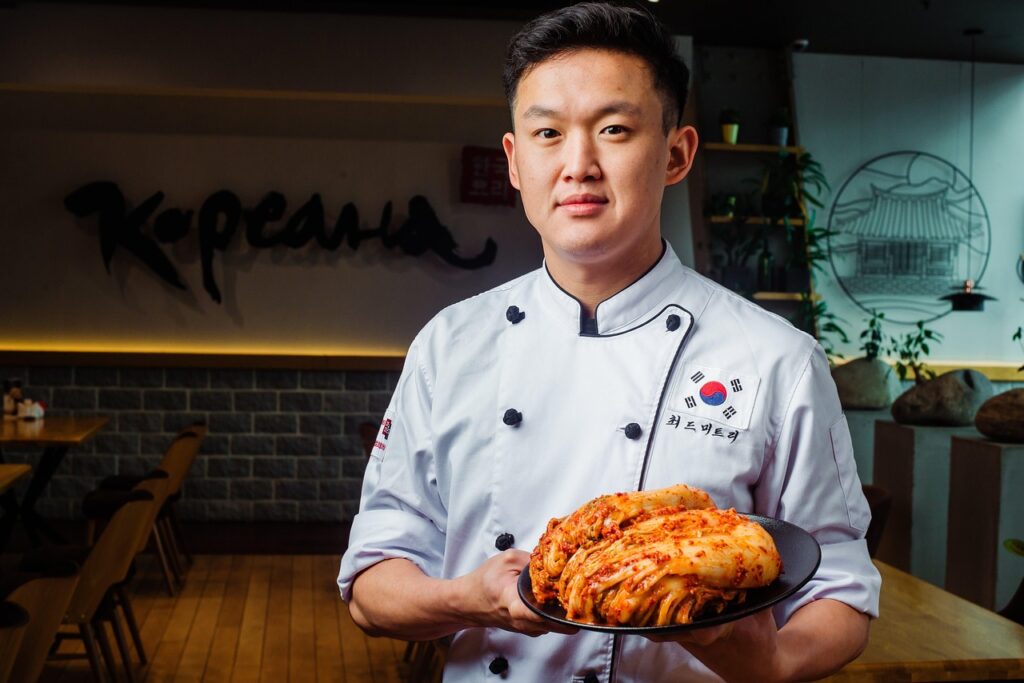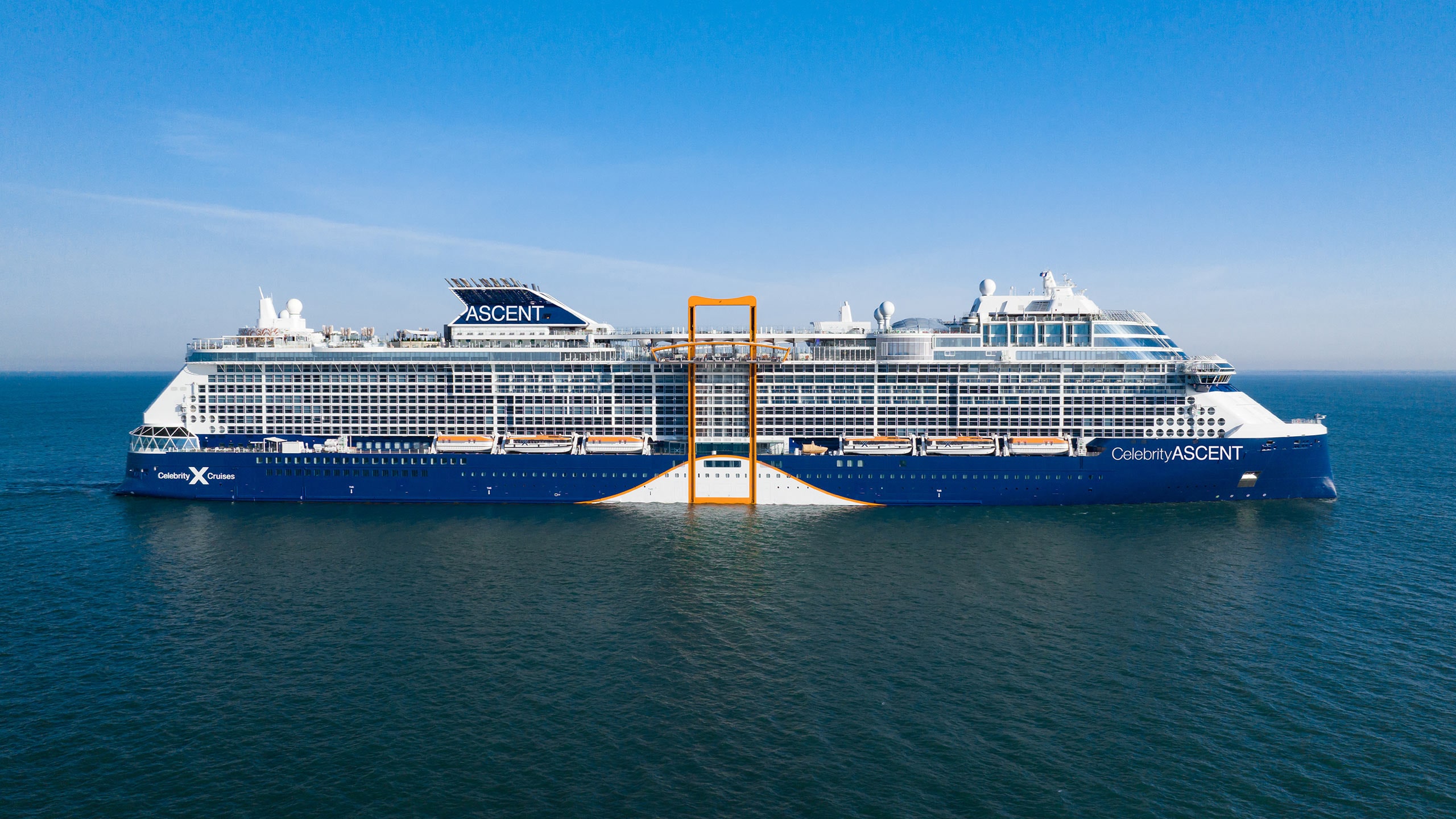
In an era when celebrity influence permeates nearly every aspect of consumer culture, the realm of branded products extends well beyond traditional endorsements. Nowadays, an increasing number of actors, musicians, and digital personalities are not merely lending their images to campaigns; they are actively acquiring stakes, influencing production processes, and spearheading marketing initiatives for a wide range of consumer goods, particularly within the highly competitive spirits and wine industry. This strategic shift from mere affiliation to genuine ownership signifies a notable evolution in celebrity entrepreneurship, transforming the manner in which brands are conceptualized, marketed, and ultimately perceived by the public.
This phenomenon necessitates a closer scrutiny of the motivations, successes, and challenges inherent in these high-profile undertakings. Do these celebrity-owned brands merely capitalize on fame for swift profit, or do they embody a profound commitment to quality and market innovation? The answers, as we shall delve into, are frequently as intricate and diverse as the personalities involved. From critically acclaimed spirits to ambitious wine labels, the involvement of these figures has undeniably reshaped market dynamics, often drawing unprecedented attention and facilitating substantial financial transactions within their respective categories.
This article delves into the stories behind several prominent celebrity-owned brands, commencing with those that have established significant niches in the alcoholic beverage market. We will investigate how personal passion, strategic alliances, and often unconventional marketing strategies have propelled these brands into the mainstream, uncovering the ‘truth’ beneath the polished exteriors and substantial investments.

1. **Ryan Reynolds’ Aviation American Gin: A Masterclass in Modern Brand Building** Ryan Reynolds’ involvement with Aviation Gin serves as a quintessential example of how celebrity ownership can redefine a brand’s trajectory. Acquired by Reynolds in 2018, the Portland, Oregon-based gin brand witnessed him assume an “unspecified minority stake” and, crucially, become the public face of the company. His integration into the brand was not merely ceremonial; it was marked by a distinct, often self-deprecating humor that resonated profoundly with both internet users and traditional media.
Reynolds’ marketing endeavors were consistently innovative, blurring the boundaries between personal branding and product promotion. This included an audacious maneuver in which Espolón tequila, ostensibly employing his alter-ego Deadpool as “creative director,” directly targeted Reynolds and Aviation Gin. Deadpool, ever the provocateur, stated, “[…] there is absolutely no reason why that Canadian gobstopper is getting all the glory. I’m a legitimate superhero. He’s just some guy who’s famous thanks to those two girls and that pizza place.” This meta-commentary, far from being detrimental, only heightened the brand’s visibility and reinforced Reynolds’ unique, witty persona.
The strategy proved immensely successful. In 2020, Diageo, the global spirits giant behind brands like Guinness, acquired Aviation Gin for a staggering $610 million. The deal comprised an upfront payment of $335 million, with an additional $275 million contingent on the brand’s continued success over the subsequent decade. Reynolds’ humorous out-of-office email post-sale, which read, “Thanks for your email. I am currently out of the office but will still be very hard at work selling Aviation Gin. For quite a long time, it seems,” further cemented his image as a savvy, yet relatable, entrepreneur, underscoring the long-term commitment often required in such lucrative ventures.
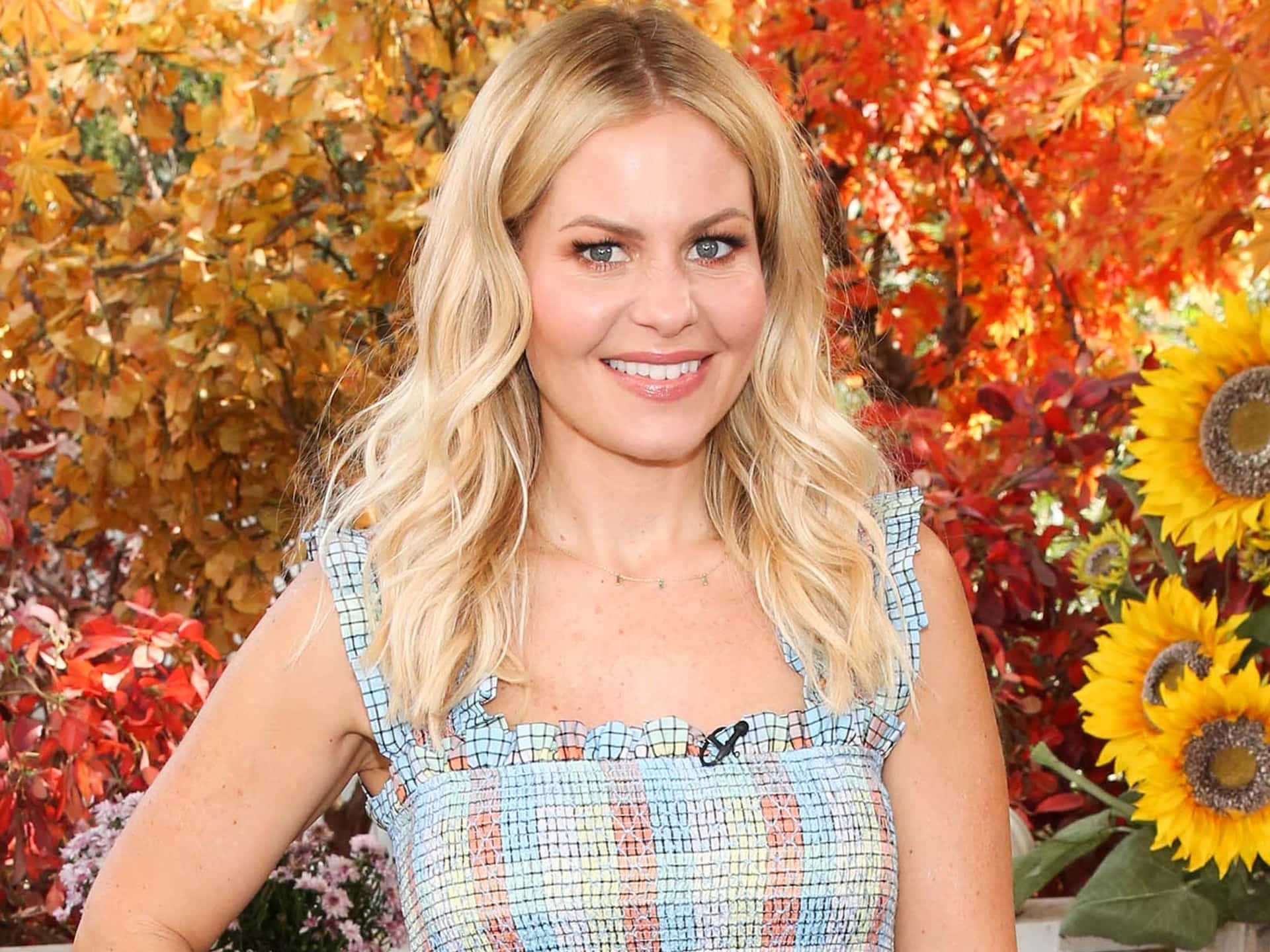
2. **Cameron Diaz’s Avaline Wine: The Quest for ‘Clean’ Transparency** In 2020, actress Cameron Diaz, in collaboration with Katherine Power of Who What Wear, entered the wine industry with the launch of Avaline. Their declared mission was motivated by a perceived lack of transparency in the wine market, with the objective of offering a “clean, organic wine.” Diaz, a well-known advocate of organic foods, non-toxic cleaning products, and responsible sourcing, articulated her vision to Travel + Leisure, underscoring their profound involvement in the production process to guarantee a high-quality, entirely organic product from the inception, commencing with white and rosé varieties.
Diaz underscored the gratifying aspect of Avaline’s creation, particularly “how delicious the wine is,” along with its adherence to “organically grown grapes and the absolute minimum ingredients utilized in the winemaking process.” The name “Avaline,” selected from a baby name book, aptly signifies humility and vivacity, reflecting the brand’s professed ethos. This emphasis on purity and naturalness positioned Avaline as a healthier, more conscientious choice for consumers.
However, Avaline’s assertions of “cleanliness” soon came under scrutiny. The San Francisco Chronicle and Vox reported that the wine might not be as “clean” as promoted, failing to meet the stringent criteria for natural wine—defined as wine produced exclusively from grape juice. Critics highlighted that Avaline employs fining agents such as pea protein and bentonite clay for clarification, commercial yeast for fermentation, and a significant quantity of sulfur dioxide, ingredients that typically preclude a product from being classified as natural wine, thereby igniting a debate about marketing transparency in the organic wine sector.

3. **Sean ‘Diddy’ Combs and Ciroc Vodka: A Partnership That Reshaped an Industry** Sean “Diddy” Combs, a figure primarily acknowledged for his music, attained significant financial success through his transformative collaboration with Ciroc vodka. By 2015, this endeavor had positioned him at the pinnacle of Forbes’s list of the highest-paid hip-hop stars, demonstrating a career trajectory that has consistently integrated entertainment with astute business acumen. His engagement with Ciroc commenced in 2007 when the brand was struggling, selling merely approximately 30,000 cases annually, as he recounted to The Washington Post.
Combs’s strategic foresight proved pivotal. He proposed a partnership with Ciroc to Diageo after personally sampling the vodka and appreciating its French origin and “exceptionally smooth” quality. His intuition paid off substantially; within 14 months, Ciroc’s sales soared to one million cases. By 2015, this figure had doubled to two million cases, establishing Ciroc as the second-highest seller in the premium vodka market, trailing only Grey Goose. This success was not solely attributable to sales volume but also to cultural influence.
For Combs, the Ciroc partnership transcended mere product endorsement; it represented broader industry diversification. He observed, “The significance of Ciroc lies in its contribution to diversifying an entire industry. You have this sector, the premium vodka industry, where there was virtually no diversity.” He proudly noted that “Fifty-four percent of our sales are to individuals of color. The remainder are to the general market,” underscoring how his involvement fostered a more inclusive market reach and exemplified the potent convergence of celebrity, culture, and commerce.

4. **Dan Aykroyd’s Crystal Head Vodka: Where Art Meets Alchemy** Dan Aykroyd’s Crystal Head vodka immediately distinguishes itself on any liquor store shelf, primarily owing to its distinctive, clear glass skull-shaped bottle. This iconic design transcends mere marketing gimmickry; it constitutes the core of the brand’s identity, symbolizing a fusion of art, mysticism, and high-quality distillation. Aykroyd co-founded Crystal Head in 2007, with the objective of creating a vodka that was as visually striking as it was exceptionally smooth, thereby appealing to both connoisseurs and those attracted by its unique aesthetic.
The brand underscores its unique filtration process as a pivotal factor in its smoothness: the vodka undergoes filtration seven times, with three of these stages involving layers of semi-precious crystals known as Herkimer diamonds. Although geology dictates that these are not genuine diamonds but rather a type of quartz formed in prehistoric caves, their utilization underscores the brand’s dedication to an esoteric, almost alchemical approach to spirit production, imparting an aura of mystique to the product.
The distinctive bottle design has also been the subject of legal protection, underscoring its commercial significance. In 2019, The Drinks Business reported that a U.S. appeals court upheld Crystal Head’s trademark infringement claim against KAH Tequila, which had employed a ceramic skull-shaped bottle. The ruling mandated that KAH Tequila’s parent company, Elements Spirits Inc., pay $871,536 in damages, a testament to the value and protectability of Crystal Head’s instantly recognizable packaging, thereby reinforcing its status as a brand built on both substance and style.

5. **Channing Tatum’s Born and Bred Vodka: A Celebration of American Craftsmanship and Mischief** Channing Tatum’s venture into the spirits world with Born and Bred vodka is grounded in a personal quest for an American-made vodka that meets his discerning standards. As he shared with Bon Appétit, his initial, rather “shenanigan”-filled experience with vodka at the age of 13 did not deter him from developing a later appreciation for the spirit. When he and a friend embarked on a quest for a superior domestic vodka, Grand Teton emerged as the clear favorite, ultimately inspiring their own entrepreneurial endeavor.
The outcome was Born and Bred, a vodka distilled from Idaho potatoes and crafted with water sourced from the majestic Grand Teton mountains. Tatum suggested, with a touch of humor, that the smooth profile of Born and Bred might not resonate with Russian vodka enthusiasts, whom he believes prefer a “burn.” This distinction underscores the brand’s dedication to a specific flavor profile—one that prioritizes smoothness over a fiery kick—tailored to American palates and preferences.
Contributing to the brand’s distinctiveness is its mascot: a jackalope, a mythical creature with which Tatum confessed to being “sort of obsessed, particularly with trickster archetypes.” This playful, slightly mischievous imagery extends to the interior of the label, which bears the message “Cross my heart and hope for mischief.” Tatum explained this choice as an invitation for consumers to discover “a little havoc, […] some safe, manageable mischief” within each bottle, thereby imbuing the brand with a sense of adventure and lighthearted rebellion that resonates with his public persona.
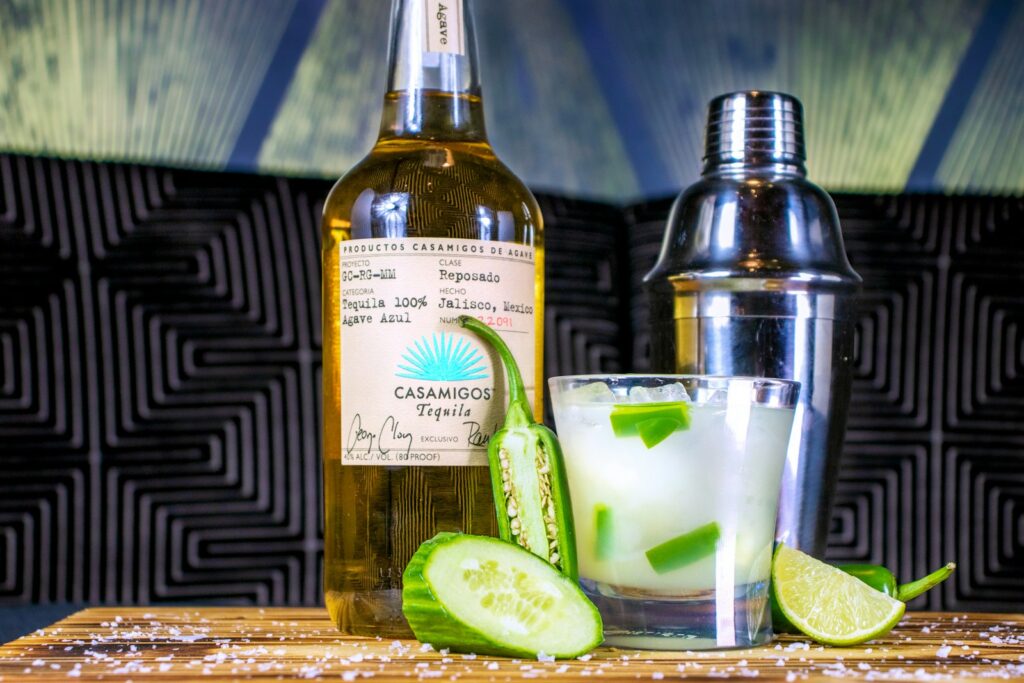
6. **George Clooney’s Casamigos Tequila: The Accidental Billion-Dollar Brand** George Clooney’s Casamigos tequila illustrates a remarkable journey from a personal pursuit of perfection to an accidental billion-dollar enterprise. In 2018, Business Insider reported that Clooney became the highest-paid male actor in the industry, not from a film role, but from the sale of Casamigos for $1 billion, securing him a personal payout of $239 million. This unprecedented financial success stemmed from a venture that, according to Clooney, was initially never about making money, but rather about crafting the “perfect tequila.”
Clooney and his partners embarked on a two-year odyssey, sampling 700 different iterations to develop a tequila that was exceptionally smooth, possessed a beloved flavor profile, and, crucially, could be “drunk all day long without resulting in a hangover the following morning.” This emphasis on a premium, highly drinkable product underscored their commitment to quality and enjoyment, a priority that clearly resonated with consumers.
The decision to commercialize Casamigos emerged organically when the sheer volume of tequila they were ordering for personal consumption prompted the distiller to inform them that they required a license. This necessity led them to share their creation—aptly named “Casamigos,” meaning “House of Friends”—with the world. The unexpected billion-dollar acquisition by Diageo demonstrated the immense market value that can be generated when authentic passion, unwavering quality, and celebrity appeal converge, transforming a personal quest into a global phenomenon.

7. **Drew Barrymore’s Barrymore Wines: A Vintner’s Passion Project** Drew Barrymore’s foray into winemaking with Barrymore Wines, launched in 2010 in collaboration with Carmel Road of Jackson Family, exemplifies a celebrity’s profound personal engagement with her brand. Her wines are characterized as “pure California,” reflecting the region’s distinct terroir, but it is Barrymore’s hands-on approach that truly defines the brand. She conveyed to Vogue in a 2017 interview her commitment to self-education, stating, “I am truly attempting to educate myself rather than merely drinking,” emphasizing her desire to understand “the exact notes that each glass, label, vineyard, or varietal possesses.”
Barrymore’s passion for wine extends beyond mere tasting; she perceives it as “an exploration; it’s travel; it’s education; it’s transportation, bringing you to another time and place.” This profound appreciation for the multifaceted nature of wine manifests in her active role in the brand’s development. Haute Living noted her dedicated presence at events such as the Pebble Beach Food and Wine Festival, where she was observed mingling, chatting with attendees, and personally pouring the wines she co-produces with winemaker Kris Kato.
Their collaboration is comprehensive, encompassing every aspect of the wine, from taste and smell to color. While Kato contributes the essential technical expertise, Barrymore offers her discerning palate, drawing inspiration from wines she has encountered globally to select and refine the characteristics, tastes, flavors, and colors that define Barrymore Wines. This synergy of technical proficiency and passionate creative input underscores the authenticity of the brand, signaling a genuine commitment to quality and an enduring presence in the wine industry, with the promise of more varieties to come.

8. **Pharrell Williams’s Qream with a Q: A Niche Market, A Short Shelf Life** Pharrell Williams, renowned for his music and distinctive style, made an foray into the liqueur market in 2011, aiming to introduce a “touch of indulgence” specifically tailored for women. With the launch of Qream with a Q, which featured Strawberry Creme and Peach Creme liqueurs, Williams explicitly targeted a female demographic. He elucidated his rationale to Billboard, noting the prevalence of alcohol brands utilizing women in advertisements yet lacking products designed specifically for them.
This targeted strategy sought to reintroduce indulgence while also subtly taking into account women’s contemporary concerns regarding body image. Williams candidly emphasized the significance of not creating a product that felt “overly heavy,” reflecting a perceived consumer desire for lighter alternatives amidst widespread weight consciousness. This insight influenced the formulation and positioning of Qream, attempting to harmonize luxury indulgence with prevailing lifestyle trends.
Despite Williams’s well-defined vision, Qream with a Q proved to be short-lived and is no longer available on the market. Its discontinuation in July 2012 precipitated a legal dispute, with Williams initiating a lawsuit against Diageo North America in 2013. He asserted that Diageo’s marketing missteps and issues with bottle tops were the primary causes of the liqueur’s commercial failure, underscoring the market complexities even for celebrity-endorsed ventures.
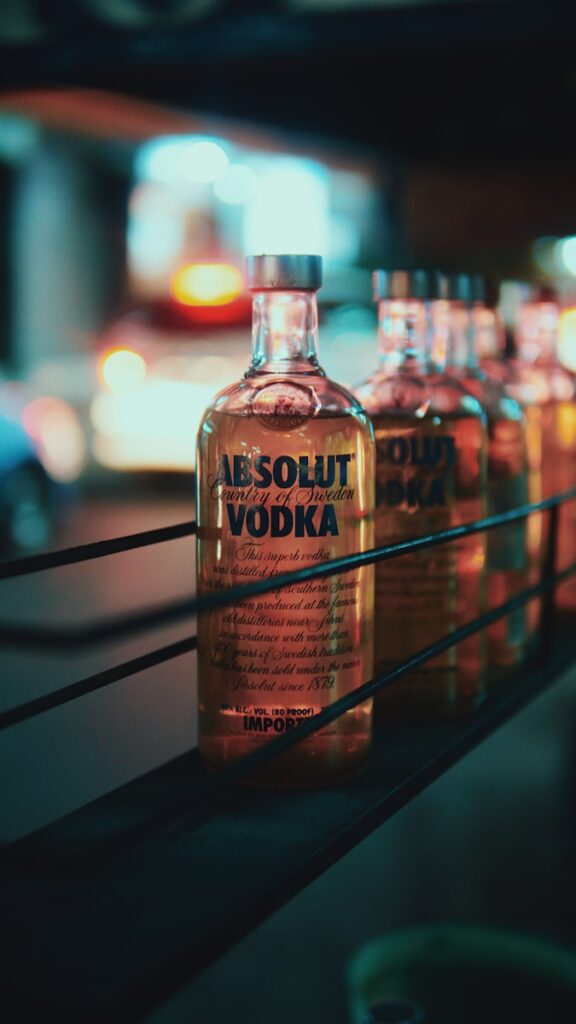
9. **Bruce Willis’s Sobieski: A ‘Truth in Vodka’ Campaign Meets Financial Hurdles** In 2010, the well-known Polish brand Sobieski endeavored to expand its presence in North America by enlisting actor Bruce Willis as a spokesperson and shareholder. Willis acquired a 3.3 percent stake, thereby becoming the public representative of their “Truth in Vodka” nationwide campaign. This initiative emphasized tradition, heritage, and intrinsic quality over trendy gimmicks or ostentatious advertising.
Willis’s involvement was intended to convey the message that superior vodka did not necessitate exorbitant prices or elaborate branding. The “Truth in Vodka” campaign positioned Sobieski as a brand that valued substance over superficiality, appealing to consumers who prioritized craftsmanship and authentic spirit-making. It constituted a bold statement in an industry often characterized by premiumization through elaborate packaging.
However, the partnership faced considerable challenges as Sobieski’s parent company, Belvedere SA, encountered significant financial difficulties. By 2012, The Wall Street Journal reported Belvedere SA was grappling with a massive $976.9 million debt and seeking restructuring. This precarious situation directly impacted Willis’s investment, placing over $20 million of his stake at risk. Legal action from Willis’s representatives followed, underscoring inherent risks even for high-profile investors.
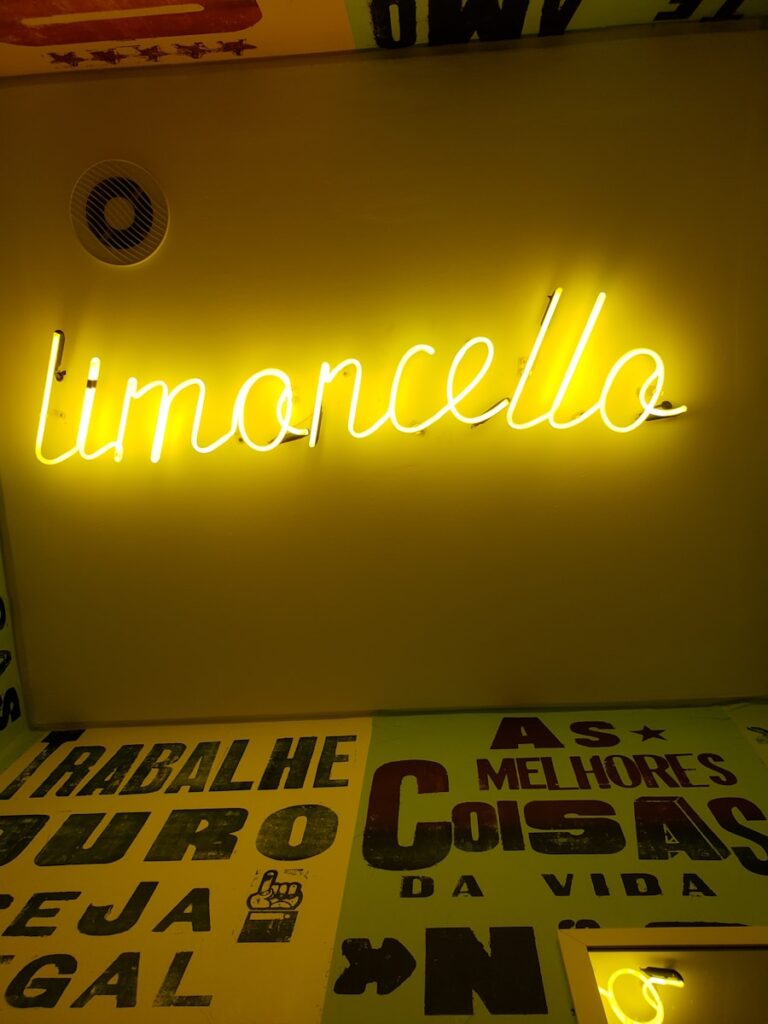
10. **Danny DeVito’s Premium Limoncello: A Cult Favorite’s Brief Moment** Danny DeVito, a highly esteemed entertainment personality, cemented his eccentric persona with a memorable appearance on “The View” in 2006. He ascribed his disheveled appearance and candid oversharing—including details about his and Rhea Perlman’s activities in the Lincoln Bedroom—to a night of indulging in limoncello with George Clooney. Clooney subsequently corroborated the anecdote, recounting an evening during which they had become “quite inebriated,” resulting in challenging television appearances.
This unexpectedly public endorsement piqued curiosity about the Italian digestif. DeVito, perhaps sensing this interest and his own affinity for the beverage, subsequently launched Danny DeVito’s Premium Limoncello. The brand capitalized on his personal connection and the comedic narrative, offering consumers a taste of the spirit that had briefly catapulted him into the national limelight.
Reviews of Danny DeVito’s Premium Limoncello were predominantly positive, with appreciation expressed for its quality and the humorous celebrity association. Nevertheless, despite the initial excitement and favorable reception, the brand seems to have gradually receded from the market. Its disappearance underscores the fact that even strong celebrity affiliations and positive reviews do not invariably ensure longevity in the fiercely competitive beverage industry, serving as a reminder of the ephemeral nature of certain ventures.
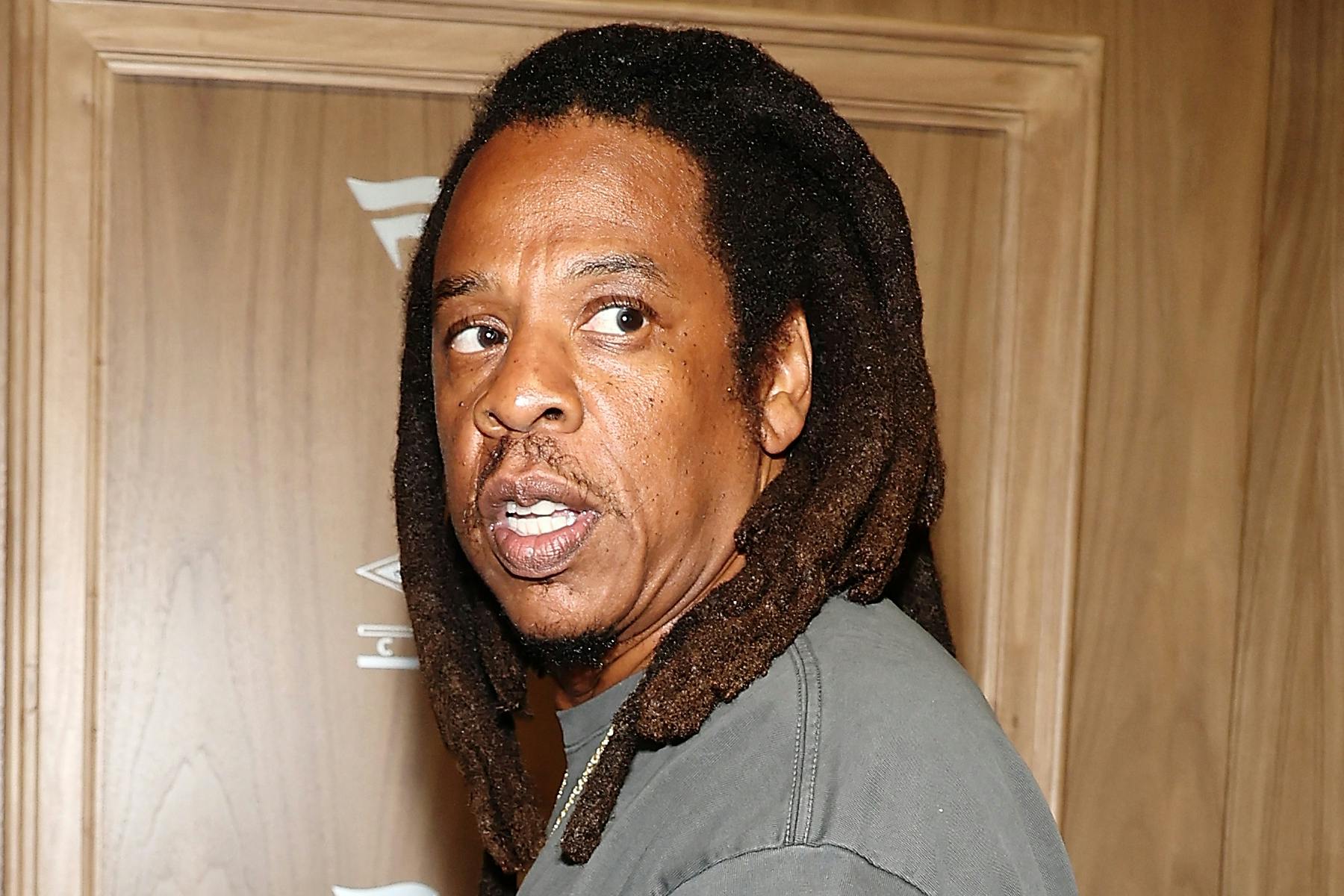
11. **Jay-Z’s Champagne Armand de Brignac: From Boycott to Billionaire Brand Ownership** The early 2000s witnessed hip-hop culture becoming deeply intertwined with conspicuous consumption, with Cristal champagne frequently mentioned in lyrics. This association deteriorated when Cristal’s managing director made a dismissive remark regarding its popularity in hip-hop to The Economist, stating, “What can we do? We cannot forbid people from purchasing it.” This sparked an immediate reaction from Jay-Z.
The music mogul promptly called for a boycott of Cristal, removing it from his establishments. This served as a prelude to a significant entrepreneurial endeavor. In 2014, Jay-Z acquired Champagne Armand de Brignac, a brand that had previously been featured in his 2006 music video for “Show Me What You Got.” This acquisition transformed a cultural boycott into a strategic business opportunity, demonstrating his astuteness in both the entertainment and luxury goods sectors.
Armand de Brignac, with its distinctive ace of spades logo, embodies exclusivity. It produces a modest 60,000 bottles annually, reinforcing its premium status. Jay-Z’s favorite, the Blanc de Noirs, retailed for $850 a bottle. The brand further elevated its luxury with the 2019 release of Blanc de Noirs Assemblage Three, priced at $1,000 per bottle, with experts suggesting the contents match the impressive price.
Jay-Z’s journey from advocating a boycott to owning an ultra-premium champagne label illustrates a broader narrative in celebrity entrepreneurship. It shows how cultural influence can be leveraged for advocacy, market disruption, and wealth creation. His move redefined celebrity involvement in luxury, moving beyond endorsement to profound ownership, solidifying the intersection of hip-hop, finance, and exclusive consumer markets.
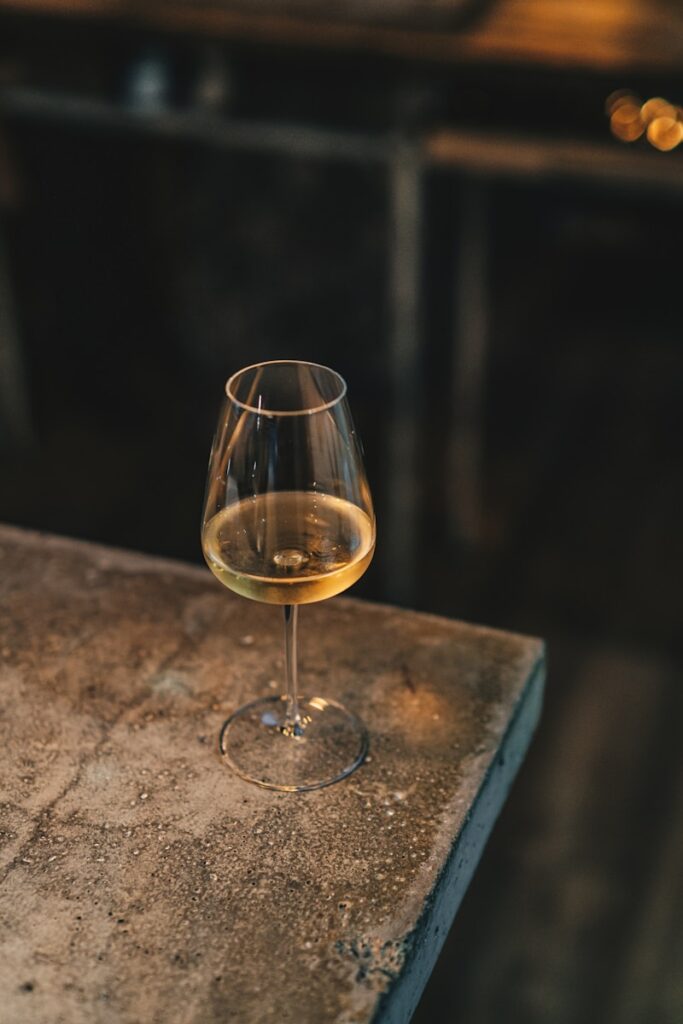
12. **Dave Matthews’ The Dreaming Tree Wines: Cultivating Sustainability with a Conscientious Approach** Dave Matthews, the acclaimed musician, ventured into winemaking in 2011 by establishing The Dreaming Tree Wines, a collaborative endeavor with winemaker Sean McKenzie. Their ambitious vision was to produce delicious, accessible wines that were deeply rooted in ultra-sustainability and environmental stewardship. This commitment extended beyond mere rhetoric, integrating eco-conscious practices into every aspect of their operation, with the aim of combining quality with ecological responsibility.
The Dreaming Tree Wines, operating from their winery in California, is a proud member of the California Sustainable Winegrowing Alliance. Their dedication to sustainability is evident in initiatives such as the installation of 17,000 solar panels across four wineries, significantly reducing their carbon footprint. Further innovations include labels made from 100 percent recycled kraft brown paper and bottles that are a quarter pound lighter than average, minimizing material usage and emissions.
Beyond their operational practices, Matthews and McKenzie have demonstrated profound philanthropic commitment. Six years after its launch, PR Newswire announced a milestone: $1 million had been donated to environmental organizations. These contributions support vital conservation programs, including those of The Wilderness Society and Living Lands & Waters, with funds allocated to initiatives such as the MillionTrees Project. This project involves planting native species along the Mississippi River Basin to preserve habitats and combat erosion.
The Dreaming Tree Wines exemplify how celebrity-backed ventures can transcend commercial interests to embody significant societal values. Matthews and McKenzie have created a brand that enables consumers to make conscious choices without compromising on quality or affordability. Their integrated approach—combining a passion for their product with a deep commitment to planetary health—sets a powerful precedent for corporate responsibility, proving that good taste and good stewardship can indeed coexist.

13. **Ryan’s World: The Digital Empire Shaping Children’s Entertainment and Commerce** The phenomenon of Ryan Kaji, which originated from his YouTube channel Ryan ToysReview, exemplifies a remarkable transformation in children’s entertainment and digital entrepreneurship. Commencing in March 2015 with toy reviews featuring Ryan and his family, the channel rapidly evolved into the “Ryan’s World” universe. This shift from simple unboxing videos to a multifaceted digital empire highlights the profound influence of child influencers.
Ryan’s World operates on a staggering scale, releasing daily videos and achieving colossal viewership. One video, titled “Huge Eggs Surprise Toys Challenge,” garnered over 2 billion views by January 2023. This popularity translated into immense financial success; Forbes consistently named Kaji the highest-paid YouTuber from 2018 to 2020, with annual earnings ranging from 22 million to29.5 million derived from videos and product sales. The Verge aptly described the channel as “a mash-up of personal vlog and ‘unboxing’ video, a blend of innocent childhood antics and relentless, often overwhelming consumerism.”
Kaji’s parents forged a partnership with PocketWatch in 2017 for marketing and merchandise endeavors. This collaboration expanded Ryan’s World beyond YouTube, giving rise to the “Tag with Ryan” mobile app, the Nickelodeon TV series “Ryan’s Mystery Playdate,” video games such as “Race with Ryan” and “Ryan’s Rescue Squad,” and animated series including “Super Spy Ryan” on Amazon Kids+ and “Elemon” produced in collaboration with Toei Animation. The brand also launched an official Roblox game, solidifying its multi-platform presence.
The commercial impact is equally impressive. A “Ryan’s World” toy line, exclusive to Walmart, achieved retail success. By 2021, The New York Times reported that merchandise sales had exceeded $250 million. Chris Williams of PocketWatch compared Kaji’s influence to that of Nickelodeon’s SpongeBob SquarePants, underscoring the profound effect on the toy industry.
However, the rapid commercialization has faced societal implications and controversy. In 2019, Truth in Advertising filed an FTC complaint alleging improper disclosure of sponsored content in nearly 90 percent of Ryan ToysReview’s videos. These advertisements, often featuring “unhealthy foods,” targeted preschoolers who were unable to distinguish between commercials and reviews. This led to the FTC suing YouTube and Google for $170 million, prompting the implementation of new YouTube rules for children’s content under COPPA. This episode underscores the complex ethical considerations involved in monetizing child-fronted digital content, particularly concerning consumer protection for young audiences.
As we conclude this extensive exploration into the fascinating world of celebrity entrepreneurship, it becomes evident that the landscape is far more intricate than a mere showcase of fame. From distilled aspirations for a perfect tequila to sprawling digital empires captivating millions of children, these ventures reflect a spectrum of motivations—personal passion, strategic brand-building, or a commitment to societal values. The narratives behind these brands reveal a consistent thread: the powerful, often transformative, intersection of celebrity, commerce, and culture. Whether an actor’s pursuit of a premium spirit becomes a billion-dollar legacy or a child’s toy reviews evolve into a global media phenomenon, the truth behind these celebrity-owned brands is a compelling story of ambition, innovation, and undeniable impact on the global marketplace.

